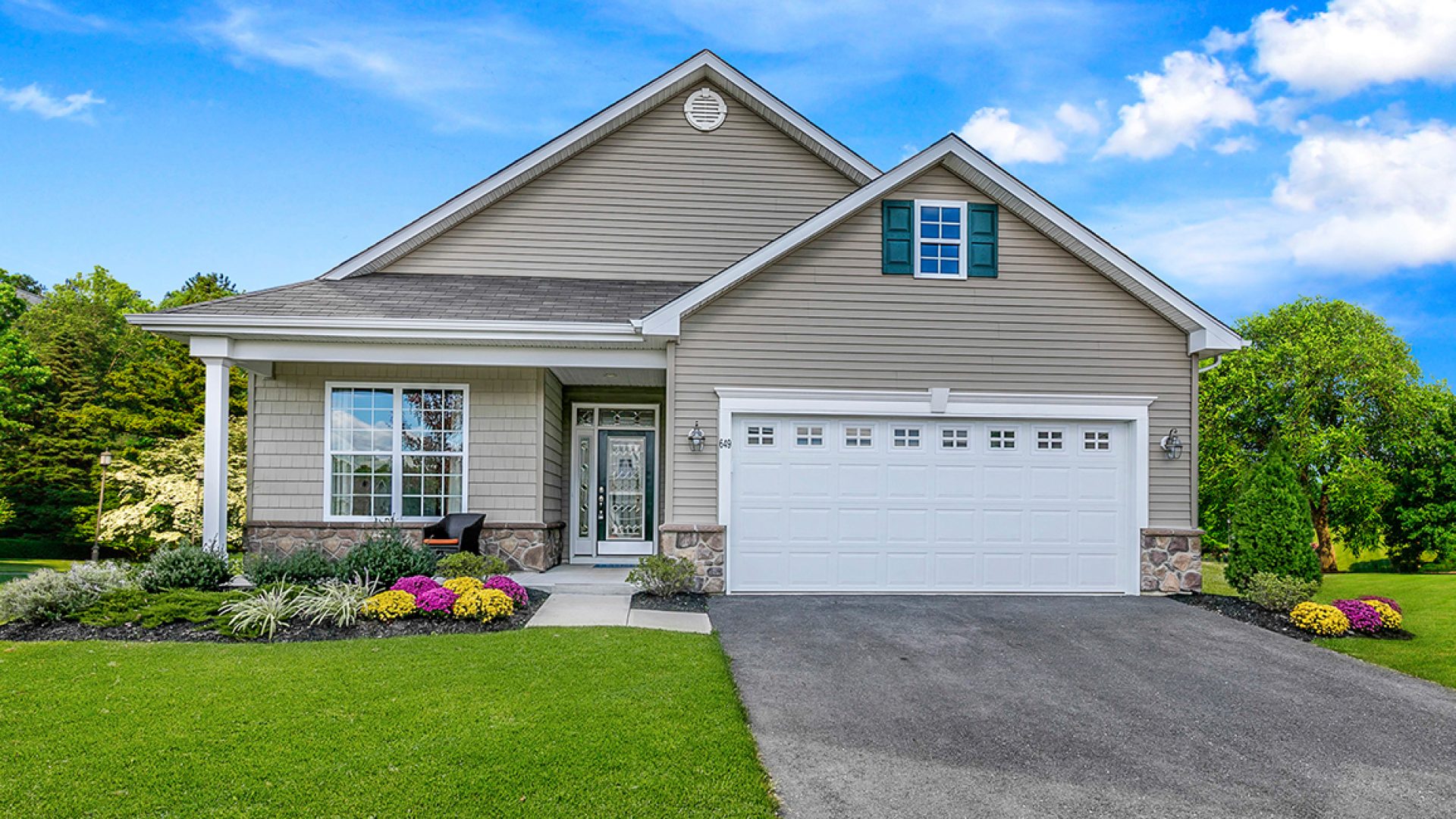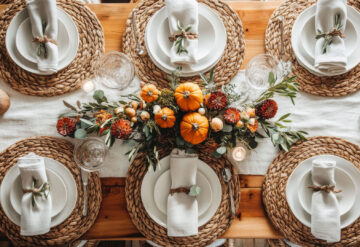The exciting part is over — you’ve closed on the home, the moving trucks dropped off all your stuff, and you’re settling into your new home. Now’s the time to take a look at your new landscaping and make it your own. Here is the new homeowner’s guide to landscaping.
What are the rules?
A man’s home may be his castle, but that doesn’t mean there aren’t rules about what you can and can’t do with your property. Before you tear up the flowerbeds or buy anything, check to see if your homeowner’s association has rules governing the landscaping. It’s common for HOAs to have rules, not just about the color the exterior of the home, but how many trees you need in the front yard. Some control what kind of flowers you can plant and some even have restrictions on which type of lawn mower you can use. Whether or not you have an HOA, you should also check with the laws of the city or county where you live. You may run into ordinances that tell you how high the grass can be or if you can have a fence, or how far a tree has to be from the property line. If you don’t know the rules, it can be very costly to undo any violations in the future.
What can I afford?
Closing and moving costs may have eaten up your budget, so when you’re planning your landscaping, make sure you can pay for your goals. Map out your garden ahead of time and get prices for the flowers you’re considering. The benefit is that landscaping may
How do I install it?
Depending on your budget and your talents, you might hire professional contractors to install so-called “hardscape,” or fences, patios, and fountains. The same goes for the sprinkler system as well as the lawn and the flower beds or vegetable garden. If you’re working with a professional contractor, make sure you and he are communicating about what you want and about the timeline. You should also check the contractor’s reviews online and get references. And NEVER pay a contractor 100% upfront before the work is complete.
What do I plant?
Your choice of plants is limited by your climate. Similar to choosing a grass type for your home, you want to use plants that can survive in the seasonal changes. Plants that thrive in places like Phoenix will not last the winter in Boston. A pumpkin vine that thrives in Morton, Illinois will wilt in Houston’s heat and humidity. The USDA Plant Hardiness Zone map is the definitive guide to tell you which plants will grow well in your climate.
Maintain it
You can spend thousands of dollars on new landscaping, but don’t forget to maintain your investment. Not only does the lawn need to be cut regularly and the flower beds weeded, but the yard will need fertilizer and weed killer. Weeds and tall grass can take over your property quickly, attracting snakes and rodents. Spending the time and money on regular maintenance will keep your new home beautiful inside and out.
Buying a new home is a busy and exciting time for any homeowner, a memory you will cherish and an investment you will value. This new homeowner’s guide to landscaping offers some of the basics on making the outside of your home reflect you and your family’s pride in your new home.
Bill Edwards is a landscaper and freelance writer who enjoys doing handyman project around the house. He and his children recently built a neighborhood gazebo next to the community pool.




